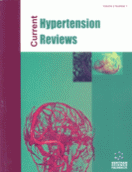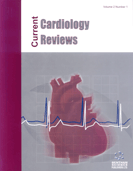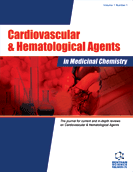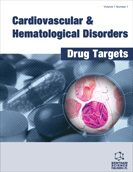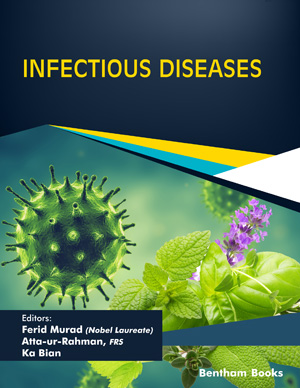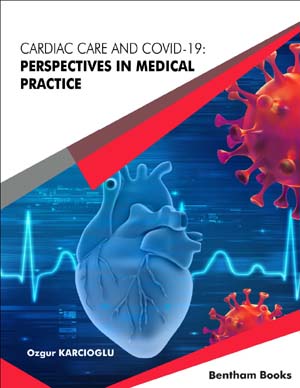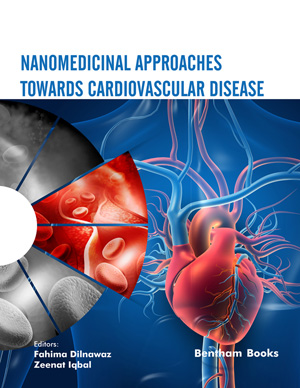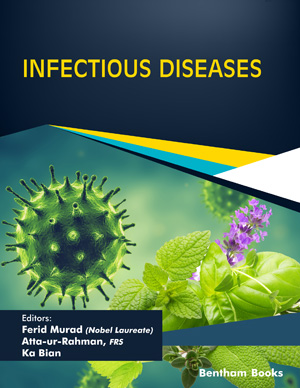Abstract
Epidemiological and clinical evidence have shown a close association between hypertension, obesity, IGT or NIDDM, and dyslipidemia. The activation of sympathetic nervous system plays a role in the pathogenesis of essential hypertension and its inhibition is of a therapeutic value. Rilmenidine is an oxazoline compound with antihypertensive properties that acts mainly on the brain stem but also in the kidneys, where it selectively binds to I1 imidazoline receptors, distinguishing it from reference α2-agonists. As a consequence, anti-hypertensive treatments that reduce the sympathetic response could also have effects on the metabolic abnormalities of hypertensive patients with metabolic disorders. The aim of the present study was to evaluate the effect of rilmenidine or placebo on insulin resistance and sympathetic activity, in essential hypertensive patients untreated or non-adequately treated. Our results have shown that Rilmenidine was able to decrease sympathetic activity expressed by both a decrease in SBP variability and an increase in baroreflex sensitivity. Together with these effects a significant improvement of insulin resistance index (HOMA), which was not obtained by the adjusted conventional treatment, was also observed. In conclusion, these beneficial effects observed support the idea that Rilmenidine could be comparable to established drugs for first-line therapy in hypertension.
Keywords: Rilmenidine, sympathetic activity, left ventricular hypertrophy, insulin resistance, Echocardiography, systolic, ventricular mass, baroreflex sensitivity, macrocirculation
Current Hypertension Reviews
Title: Effects of Imidazolic Agonism on Blood Pressure, Sympathetic Activity, Left Ventricular Hypertrophy and Insulin Resistance
Volume: 7 Issue: 2
Author(s): J. Soler, Maria J. Sanchez, R. A. Sanchez and A. J. Ramirez
Affiliation:
Keywords: Rilmenidine, sympathetic activity, left ventricular hypertrophy, insulin resistance, Echocardiography, systolic, ventricular mass, baroreflex sensitivity, macrocirculation
Abstract: Epidemiological and clinical evidence have shown a close association between hypertension, obesity, IGT or NIDDM, and dyslipidemia. The activation of sympathetic nervous system plays a role in the pathogenesis of essential hypertension and its inhibition is of a therapeutic value. Rilmenidine is an oxazoline compound with antihypertensive properties that acts mainly on the brain stem but also in the kidneys, where it selectively binds to I1 imidazoline receptors, distinguishing it from reference α2-agonists. As a consequence, anti-hypertensive treatments that reduce the sympathetic response could also have effects on the metabolic abnormalities of hypertensive patients with metabolic disorders. The aim of the present study was to evaluate the effect of rilmenidine or placebo on insulin resistance and sympathetic activity, in essential hypertensive patients untreated or non-adequately treated. Our results have shown that Rilmenidine was able to decrease sympathetic activity expressed by both a decrease in SBP variability and an increase in baroreflex sensitivity. Together with these effects a significant improvement of insulin resistance index (HOMA), which was not obtained by the adjusted conventional treatment, was also observed. In conclusion, these beneficial effects observed support the idea that Rilmenidine could be comparable to established drugs for first-line therapy in hypertension.
Export Options
About this article
Cite this article as:
Soler J., J. Sanchez Maria, A. Sanchez R. and J. Ramirez A., Effects of Imidazolic Agonism on Blood Pressure, Sympathetic Activity, Left Ventricular Hypertrophy and Insulin Resistance, Current Hypertension Reviews 2011; 7 (2) . https://dx.doi.org/10.2174/157340211797457890
| DOI https://dx.doi.org/10.2174/157340211797457890 |
Print ISSN 1573-4021 |
| Publisher Name Bentham Science Publisher |
Online ISSN 1875-6506 |
 4
4
- Author Guidelines
- Bentham Author Support Services (BASS)
- Graphical Abstracts
- Fabricating and Stating False Information
- Research Misconduct
- Post Publication Discussions and Corrections
- Publishing Ethics and Rectitude
- Increase Visibility of Your Article
- Archiving Policies
- Peer Review Workflow
- Order Your Article Before Print
- Promote Your Article
- Manuscript Transfer Facility
- Editorial Policies
- Allegations from Whistleblowers
Related Articles
-
Update on the Protective Renal Effects of Metformin in Diabetic Nephropathy
Current Medicinal Chemistry Recent Advances on the Roles of NO in Cancer and Chronic Inflammatory Disorders
Current Medicinal Chemistry Monitoring Circulating Nitric Oxide Levels in Infants with Bronchopulmonary Dysplasia for Disease Activity
Current Pediatric Reviews Preface: EDITORIAL COMMENT “Perfect 24-hr Blood Pressure Control” From Morning to Nocturnal Hypertension: Up-To-Date 2015
Current Hypertension Reviews Zinc Hydrogen Sulfate Promoted Multi-component Preparation of Highly Functionalized Piperidines
Letters in Organic Chemistry Role of Wnt Signaling in Tissue Fibrosis, Lessons from Skeletal Muscle and Kidney
Current Molecular Medicine Chemopreventive Properties and Molecular Mechanisms of the Bioactive Compounds in Hibiscus Sabdariffa Linne
Current Medicinal Chemistry Recent Trends in Development of Fermented Milks
Current Nutrition & Food Science The Role of Nano-ophthalmology in Treating Dry Eye Disease
Pharmaceutical Nanotechnology Onset of Hypertension in Leflunamide Treated Low Socioeconomic Rheumatoid Arthritis Patients: An Unseen Iceberg
Current Rheumatology Reviews The Etiology of Hypertension in the Metabolic Syndrome Part Three: The Regulation and Dysregulation of Blood Pressure
Current Vascular Pharmacology The Dual Role of Free Fatty Acid Signaling in Inflammation and Therapeutics
Recent Patents on Endocrine, Metabolic & Immune Drug Discovery (Discontinued) Formulation and Characterization of Gliclazide Oral Dissolving Films
Drug Delivery Letters Natural Products, the Continuous Source of Therapeutic Molecules for Various Diseases: Literature Landscape Analysis
Current Molecular Pharmacology Current and Future Treatment Options in Idiopathic Pulmonary Fibrosis
Inflammation & Allergy - Drug Targets (Discontinued) Novel Therapeutic Strategies For Angiogenesis Inhibition In Recurrent Ovarian Cancer
Current Angiogenesis (Discontinued) Dural Venous Sinuses: What We Need to Know
Current Medical Imaging Determination of the Sodium Concentration in Brazilian Light and Non- Light Powdered Instant Soups by Flame Photometry
Current Nutrition & Food Science Renal Venous Thrombosis in Neonates
Current Pediatric Reviews Editorial (Thematic Issue: Pharmacologic Strategies with Afterload Reduction in Low Cardiac Output Syndrome After Pediatric Cardiac Surgery)
Current Vascular Pharmacology


